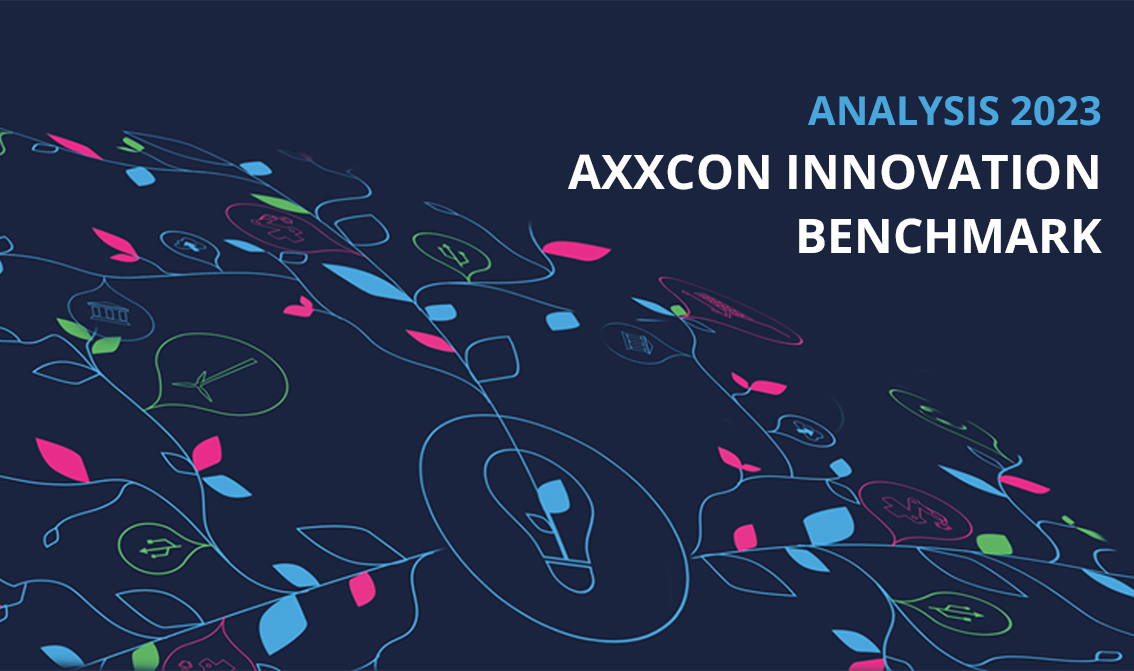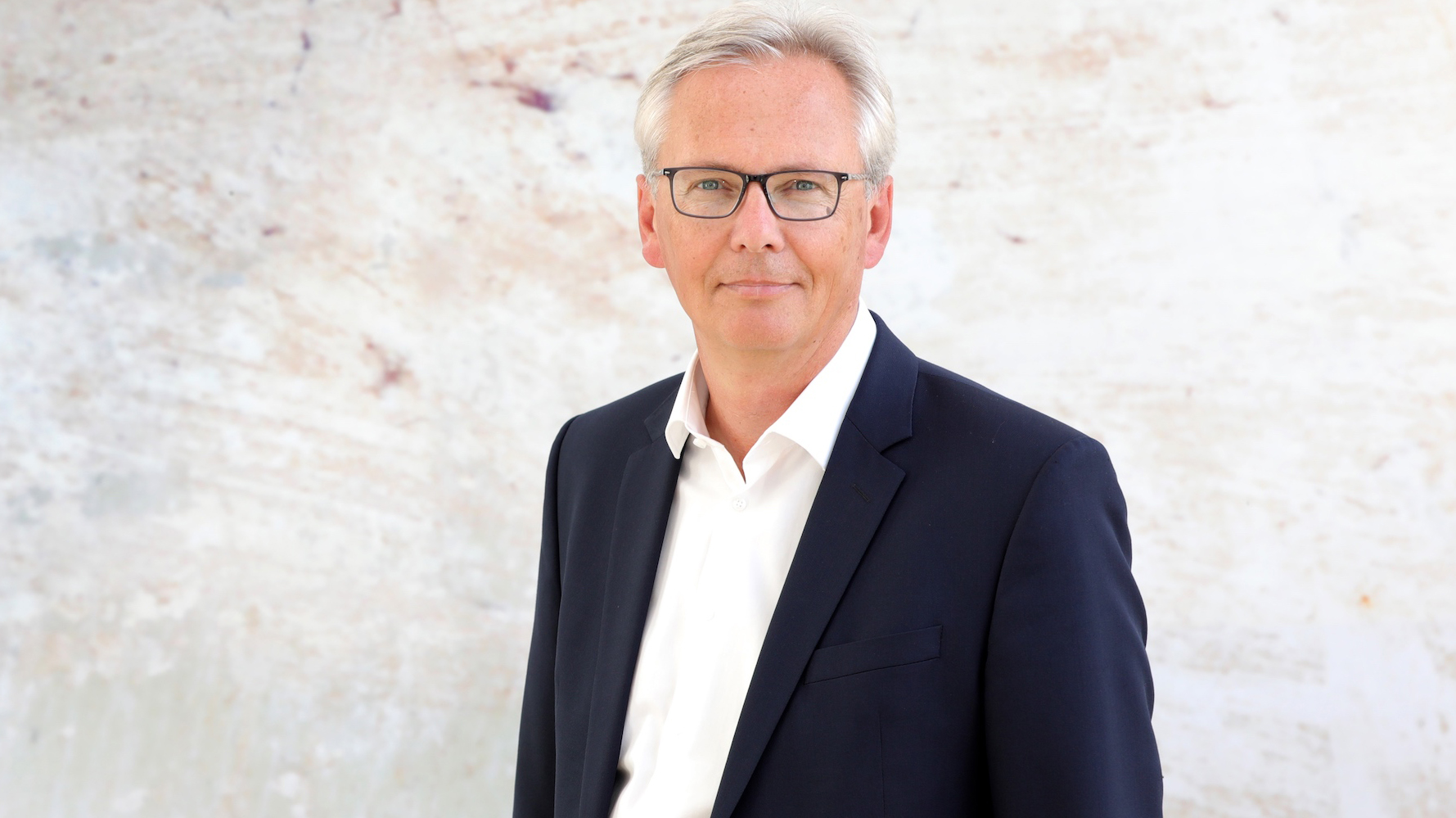
Energy crisis as a test of the innovation portfolio’s strength
Energy utilities focus on implementing innovations – development of new offerings stagnates
“Even in the years of the corona pandemic, there was a lack of innovation in terms of digitalisation, transformation and sustainability,” explains Harald Freitag, Managing Partner and energy market expert at AXXCON. Last year, the energy crisis forced utilities to focus even more on developing their core business rather than investing in further innovative products and services for the end customer. Freitag: “Innovation activities focused on implementing innovations as well as more efficient and streamlined processes, which the Energy supply companies are working on consistently.” At the same time, the range of products and services offered to the end customer is being kept constant or even reduced. Freitag: “In the current situation, it can certainly make sense to cut special offers. However, it is important to review the portfolio to ensure that future-oriented products and services do not fall victim to the red pencil.” The crisis will be an acid test for the innovation portfolio.
The annual study on the innovation activities of German energy suppliers compares the range of innovative services and products that are visible to the public and aimed at end customers, from advisory apps, electromobility and new storage technologies to telephony and the internet. This was based on the current service portfolio on the respective websites. The study surveyed 28 German energy suppliers, ranging from large nationwide players to small and medium-sized municipal utilities. The latter were chosen as examples to reflect the range of sizes. Digitalisation, efficient energy use and generation, mobility, and innovative services and sales strategies were the four headings under which the service offerings examined in the study were grouped.
A step backward for online appointments – yet a step forward for the city WIFI
In the category of efficient energy use and generation, there has been a slight decline in end-customer-facing offerings. This can be seen, for example, in the areas of power to heat, equipment rental and smart homes. At the same time, there was growth in direct energy marketing, energy management and, in particular, the important area of smart grids. In this area, the number of energy supply companies offering these services to end customers increased from 14 in 2021 to 20 in 2022.
The overall offer was also reduced in the area of digitisation. “Already during the pandemic, processes were expanded in such a way that the existing business model could be maintained. For example, the utilities offer their customers several online access options, such as a customer portal or multi-channel communication options in customer service,” explains our former Senior Manager Dr. Bernard Richter. Online metering and billing have also reached high levels. However, online appointment booking has declined. It is now offered by only six of the companies, down from ten last year. There is also a clear downward trend in the provision of apps for own services or mobility apps. On the other hand, there has been an increase in city WLAN. “Offers that had been planned for a long time were realised last year,” says Richter. In the area of mobility, almost all utilities offer public and private electric charging stations. Most of them also offer car electricity contracts. The number of suppliers has increased from 23 to 26 since last year. However, car sharing and e-bikes have stagnated.
Smaller energy supply companies maintain a strong position in the medium field
As last year, this year’s winner is EnBW with an annual turnover of €32.1 billion. EWE comes in second with €6.1 billion, followed by Stadtwerke Düsseldorf with €2.3 billion. EON slipped from third to fourth place with 77.4 billion euros. The fact that innovation is not just a question of size and corporate structure is also demonstrated by companies in the strong midfield, such as Stadtwerke Bochum (€0.64 billion) and Badenova (€1.1 billion). “Nevertheless, since the inception of the survey, the large utilities have tended to challenge the smaller ones for the top spots”, says Richter. Most recently, in 2019, a particularly large number of smaller energy supply companies took the top places.
For the “AXXCON Innovation Benchmark Energy Industry 2023″*, the range of services offered by 28 selected energy supply companies was compared with the results of the previous year based on data from 2022. The energy utilities included in the study have an annual turnover of approximately €204 billion. In total, the energy market in Germany generates approximately €393 billion annually (Statista industry report).
We would be glad to present our results to you personally. Please feel free to get in touch with us. For further information, please contact Harald Freitag.
*Is your energy company not part of the energy industry innovation benchmark and would you like to be in future? Please feel free to write to us at info@axxcon.com.
Source: ZfK, Ausgabe 02/2023

